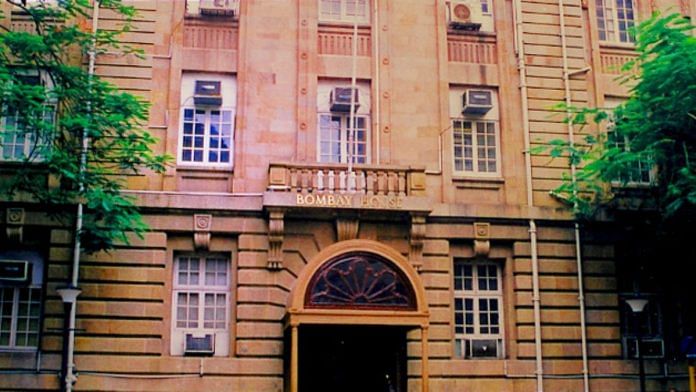As the deadline to list Tata Sons gets closer, the holding company of the $165-billion group appears to be surrounded by uncertainty over its future corporate structure. The Reserve Bank of India (RBI) has yet to clarify whether Tata Sons will have to turn into a publicly-listed entity by September 2025 or if it will be granted an exemption.
It all started with the RBI classifying Tata Sons as an upper layer non-banking financial company (NBFC) in September 2022, implying that it would be required to list on the stock exchange within three years. Tata Sons has sought an exemption from the RBI, asking to be deregistered as a core investment company (CIC) so that it can skip the initial public offering (IPO) and listing. However, the views of its two biggest shareholders on the subject add to the complexity.
Shapoorji Pallonji, an infrastructure heavyweight currently in the midst of financial stress, is the second-largest shareholder in Tata Sons with more than an 18 per cent stake. Shapoorji, which is raising funds to revive its business, wants Tata Sons to be listed. But Tata Trusts — the largest shareholder with a 66 per cent stake — has opposed the listing of the holding company. Listing may imply a dilution of Tata Trusts’ hold over the Tata group. There’s more. On the listing issue, there’s speculation of divergence of views within Tata Trusts, now chaired by Noel Tata, who’s related to the Shapoorji Pallonji family. Noel Tata is the half-brother of Ratan Tata and brother-in-law of Cyrus Mistry, who was removed as chairman of Tata Sons in 2016 in a boardroom coup of sorts. Mistry died in 2022 in a road accident.
Why is the listing of Tata Sons such a stormy matter? After all, there are as many as 26 publicly listed Tata group companies with a combined market cap of around $365 billion as of last year. In 2024 alone, more than 300 companies in India went for IPOs to raise around Rs 1.8 trillion. The reasons for listing typically include raising capital, enhancing visibility and reputation, and attracting investors. In the case of Tata Sons, access to a wider pool of investors could mean a dilution of the shares of the two largest shareholders — Tata Trusts and Shapoorji Pallonji. This, in turn, could also mean a change in the ownership structure of Tata Sons itself.
While the possibility of a change in the ownership structure may be fuelling the storm — and to some extent, the dispute — listing Tata Sons could indeed bring in a fresh layer of corporate governance to the company that controls a vast range of diverse businesses.
Tata Trusts’ “hold’’ over Tata Sons has often drawn criticism for blurring the line dividing the two entities. There have been allegations of overreach against the Trusts in the past — an issue that figured prominently in the Supreme Court verdict in the Cyrus Mistry case.
With Ratan Tata’s passing in October 2024, questions around the role of Tata Trusts and its relationship with Tata Sons have resurfaced. Noel Tata, besides being named the chairman of Tata Trusts, was also inducted as a Tata Sons nominee director following Ratan Tata’s death. Unlike his predecessor, Noel Tata became Tata Trusts chairman before any exposure to the Tata Sons board.
On the other side, N Chandrasekaran, who’s midway into his second term as chairman of Tata Sons, is not a trustee at Tata Trusts. As for its governance rules, the group did away with the earlier system of the same person holding the chairmanship of both Tata Sons and Tata Trusts some years ago in order to keep an arm’s-length relationship between the two entities. Ratan Tata was the last one to chair Tata Trusts while also heading Tata Sons.
With the listing of Tata Sons getting so much attention, all eyes will be on Bombay House in the countdown to September. While legacy, corporate governance, and ownership structure will continue to dominate the narrative around the listing of a conglomerate, how will Tata Sons react to it all in the weeks and months to come, irrespective of the RBI stand on the matter?
As for Tata Trusts, it was set up with the objective of charity and philanthropy more than 100 years ago. One of the biggest in the Tata Trusts universe, Sir Ratan Tata Trust, was established in 1919 and went on to become one of the oldest philanthropic institutions in India — changing the traditional ideas of charity. Shouldn’t that remain Tata Trusts’ core calling rather than controlling a business empire?
Nivedita Mookerji @nivmook is the Executive Editor of Business Standard. Views are personal.






